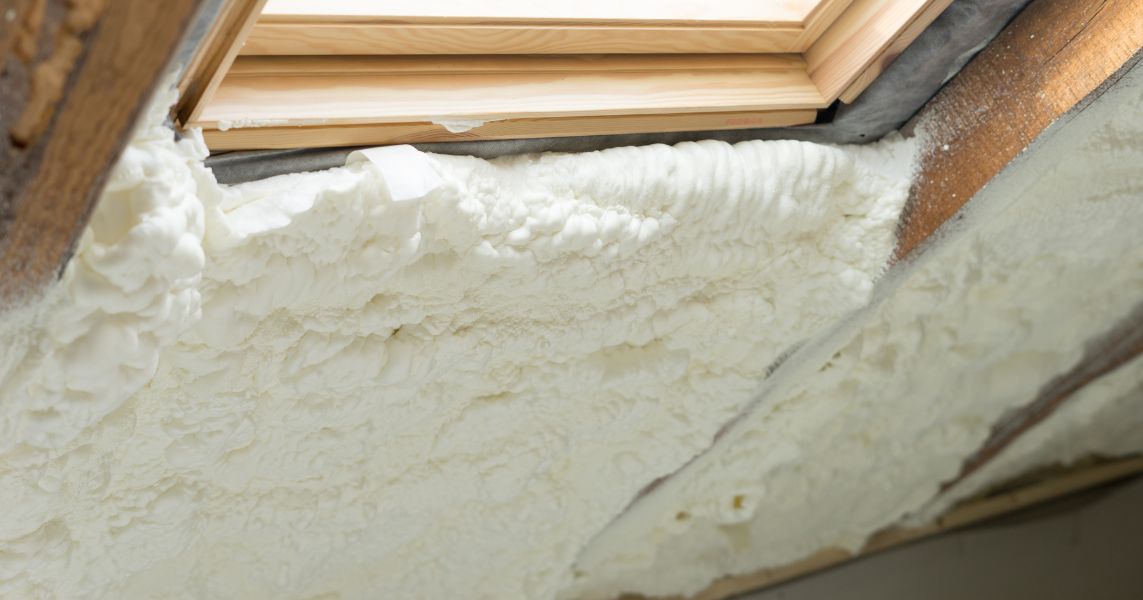
Two cornerstones of a builder’s insulation arsenal are spray foam and fiberglass insulation, both well-regarded for their thermal properties. Thus, understanding their specific role in fire resistance is critical, given the stakes. This comparative exploration will provide professionals and individual builders with the explanations necessary to make the most informed decisions with their construction projects.
Fire Resistance Fundamentals
Fire resistance in buildings is not merely a matter of code compliance; it stands as an integral part of protecting life and assets from the ravages of fire. Effective insulation, therefore, is expected to not only provide a cozy living and working environment but also delay the spread of flames and the transmission of heat during a fire event. However, they don’t do this on their own.
Understanding the nuances of fire resistance in construction materials is a matter of professional responsibility, particularly concerning insulation. The real-world implications are stark, with the right or wrong choice potentially becoming a matter of life and death. The National Fire Protection Association (NFPA) and building codes like the International Building Code (IBC) lay the groundwork for the fire ratings that different parts of a building need to meet.
Now that you understand the importance of fire resistance, let’s compare the fire resistance of spray foam and fiberglass insulation. That way, you can identify the hazards currently at play in your building currently and how to solve present dangers.
Spray Foam Insulation
Spray foam insulation creates an expanding foam once sprayed from a nozzle. This foam can fill cavities and gaps of all sizes, adhering to surfaces where it’s applied.
While it’s an excellent insulation option, spray foam is flammable and poses a hazard during fire emergencies. That said, what keeps spray foam insulation such a reliable solution is that you can pair it with fire-resistant coatings.
For example, at Flame Seal, our TB-Pro thermal insulation spray can be applied to spray foam insulation, providing it with an extra level of protection. This water-based thermal barrier slows down the spread of flames when they come into contact with the insulation. The thermal barrier will not extinguish the flames entirely, but protection can last more than an hour, depending on the type of coating you choose.
Fiberglass Insulation
Fiberglass insulation is essentially glass woven into fine fibers that act as a cheaper but functional insulation solution. This insulation option is very popular due to its cost-effectiveness and the straightforward nature of its installation. But how does it stand up to the presence of flames?
When it comes to fire resistance, fiberglass is not flammable, but fiberglass insulation is. This is due to flammable materials being used in its design, such as facings. Thus, you should seek a suitable thermal barrier when installing this kind of insulation. Much like with spray foam, you should choose your fiberglass thermal barrier by finding a product designed for that specific insulation.
Comparing fire resistance between spray foam and fiberglass insulation is important because both materials can burn. However, with the right protection, you can maximize the fire resistance of both types of insulation. Now that you know more about the right codes and techniques, you can provide buildings with a higher level of fire safety.
